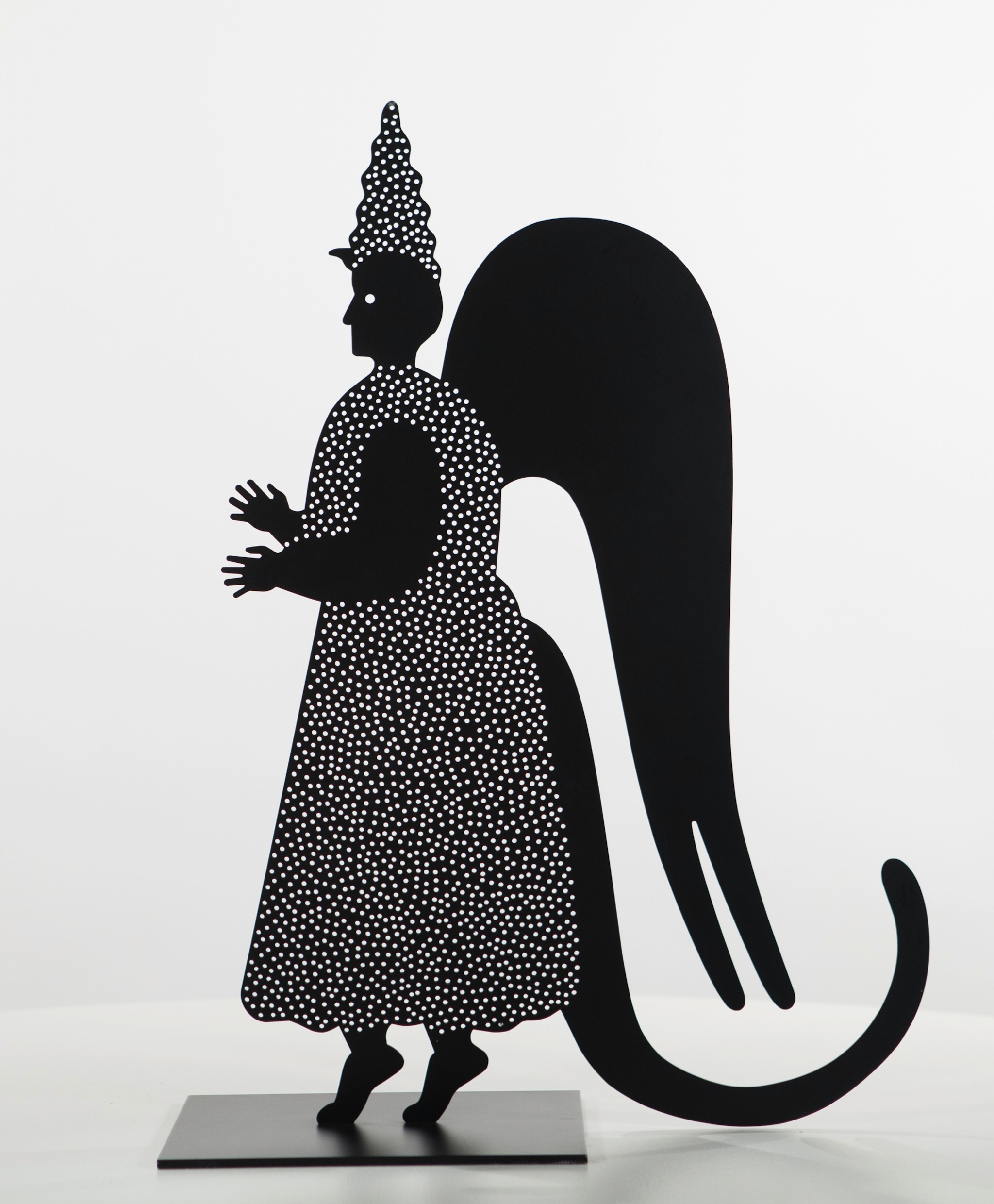About The Artwork
Grisha Bruskin burst onto the international contemporary art scene in July 1988, when, in the uncertain atmosphere of Mikhail Gorbachev’s perestroika, Sotheby’s held its first auction in Moscow. Although he was a well-known underground painter, sculptor and writer in the Soviet Union, Bruskin had been invisible to most in the West. Bruskin’s generation of artists came of age during a period of gradually increasing freedom from the intensive censorship and proscriptions on the visual arts in the USSR, and despite periodic condemnation from the Communist party, the artist developed an idiosyncratic and multilayered iconography. After graduating from the art department of the Moscow Textile Institute, Bruskin became a member of the Union of Soviet Artists, which was necessary for anyone who wanted to work and exhibit in the USSR. Despite this membership, Bruskin exerted a strong influence on the Soviet Non-Conformist art movement. He participated in solo and group exhibitions in the Soviet Union, often working closely with artists associated with Sots Art, a kind of Soviet pop art that parodied the official Socialist Realist images of the repressive regime. After six of Bruskin’s paintings sold for record prices at Sotheby’s, collectors and museums began to embrace his enigmatic art. Soon after the auction, he immigrated to New York, where he has lived and worked ever since.
Bruskin tends to create series, researching and presenting variations on themes that include elements from his Jewish heritage (including sacred texts, mysticism, and mythological figures) as well as imagery from the former Soviet Union. Winged figures — angels, falling angels, and demons — take various forms throughout the artist’s oeuvre, in series such as the Birth of the Hero, Alefbet, and Nota Bene as well as stand-alone paintings and sculptures. Black Demon [Angel] was created as part of the Metamorphoses series, which includes both multi-figured paintings as well as two-dimensional sculpture. Characters from the paintings — fantastical, puzzling, and accompanied by writing from sacred Hebrew texts — find simpler form in Bruskin’s flat black sculptures. The half-diabolical, half-celestial Black Demon [Angel] shows its fullest effect when silhouetted against a bright white background, revealing the perforated steel that differentiates the robe and headdress from the rest of the body. The text that accompanies Bruskin’s painted angels often suggests a connection to Kabbalistic teachings, although in the artist’s work the link between image and text is never secure.
ELLEN ADAMS
Assistant Professor, Frederik Meijer Honors College, Grand Valley State University
Bibliography
- Yevgeny Barabanov, “The Archaeologist’s Garden,” in Grisha Bruskin: Life is Everywhere. Exh. Cat. Napoli: Palace Editions, 2001.

